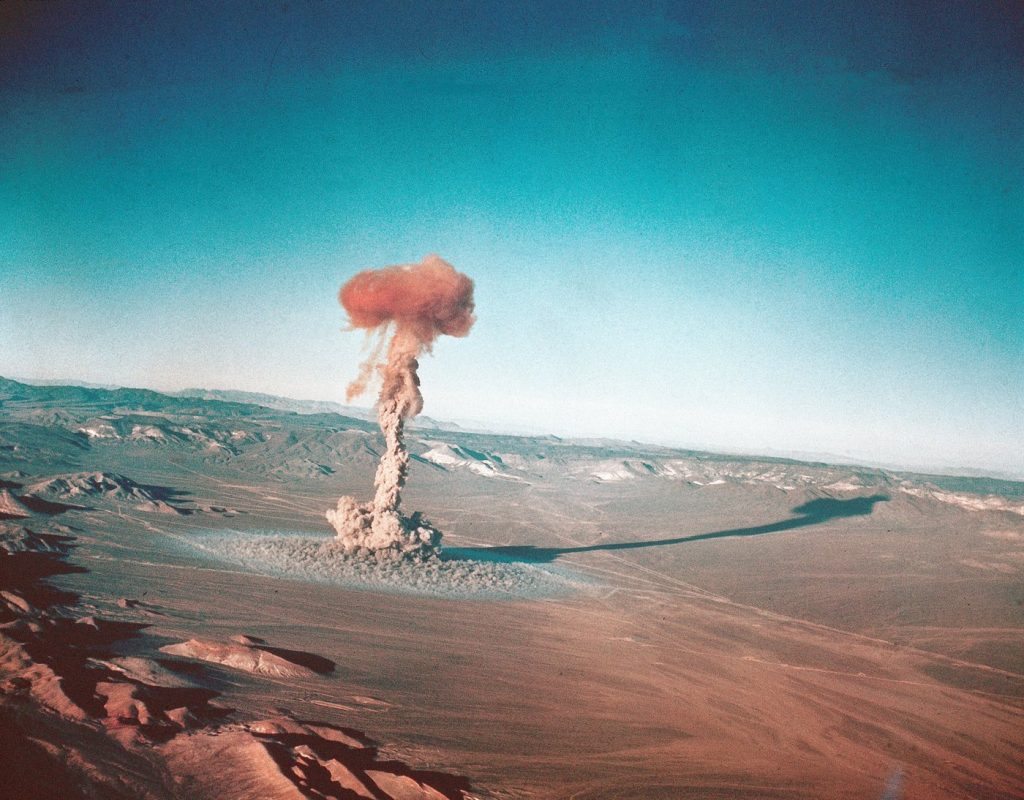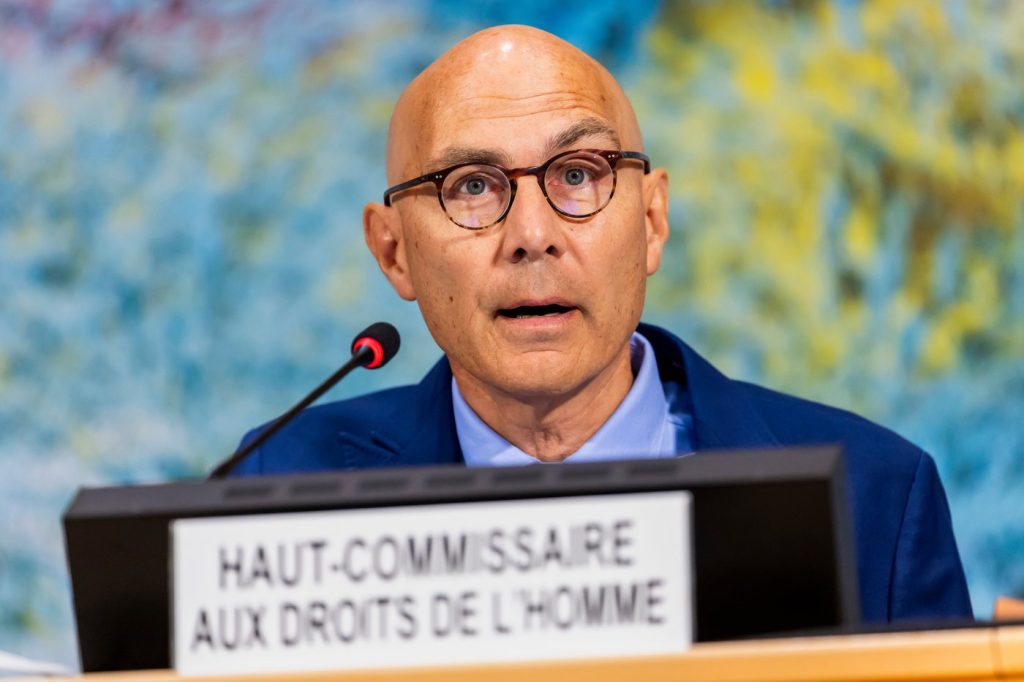DUBAI, United Arab Emirates (AP) – President Donald Trump’s recent comments suggesting the United States will restart its nuclear weapons testing challenge decades of American policy on nuclear armament. This shift comes amidst increasing nuclear tensions, as Washington's rivals like Russia, China, and North Korea expand and test their nuclear arsenals.
The significance of nuclear weapons policy has resurfaced, particularly as Russia has issued recurrent atomic threats during its conflict in Ukraine. Recently, Moscow acknowledged testing a nuclear-capable cruise missile, the Burevestnik, and a nuclear-armed underwater drone. In parallel, China is reportedly constructing additional ground-based nuclear missile silos, while North Korea has unveiled a new intercontinental ballistic missile, heightening global security concerns.
Trump made these remarks in a post on his Truth Social platform shortly before a meeting with Chinese President Xi Jinping, stating, “I have instructed the Department of War to start testing our Nuclear Weapons on an equal basis. That process will begin immediately.” This declaration quickly sparked questions regarding its feasibility, as the maintenance and testing of the U.S. nuclear arsenal are overseen by the Department of Energy, not the Department of Defense.
According to estimates from the Arms Control Association, Russia possesses approximately 5,580 nuclear warheads compared to the U.S.'s 5,225. These totals include warheads that are decommissioned and awaiting dismantlement. The Stockholm International Peace Research Institute further indicates that the U.S. has 1,770 deployed warheads and 1,930 in reserve, while Russia has 1,718 deployed and 2,591 in reserve. Together, both nations account for nearly 90% of the world's atomic warheads.
The U.S. last conducted a nuclear test in 1992, after detonating 1,030 atomic bombs from 1945 to 1992, the highest number of any country. Post-Cold War, America ceased these tests partly due to the signing of the Comprehensive Nuclear Test-Ban Treaty in 1996. Although other nations such as India, North Korea, and Pakistan have conducted tests since, the U.S. has relied on extensive data from prior tests to modernize its arsenal through computer modeling.
Experts caution that a resumption of U.S. nuclear testing could lead to international repercussions. Any scientific motive behind testing might be swiftly overshadowed by global backlash. Analysts from the Bulletin of Atomic Scientists have warned that restarting U.S. tests could trigger a cascade effect, compelling nuclear powers like Russia and China to resume their own testing programs, which in turn could destabilize international security and ignite a new arms race.
If the U.S. were to initiate nuclear testing again, it would likely occur at the Nevada test sites, which have been dormant for over three decades. Preparing these sites for a test would require significant effort due to the reduced operational capacity since the last test. A detailed assessment from Los Alamos National Laboratory highlighted that organizing a single test “shot” could take two to four years, recalling the extensive logistical operation that characterized previous tests.
This scenario raises critical questions about the implications of Trump's announcement and the broader landscape of nuclear tensions in the world today. The development and maintenance of a capable nuclear arsenal is subject to political motivations, which could result in an escalating arms race if not managed carefully.












